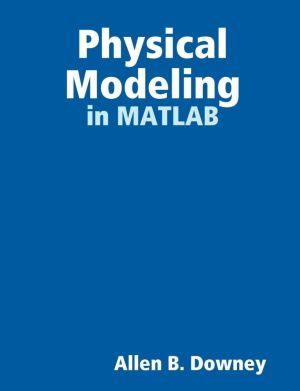Physical Modeling in MATLAB
by Allen Downey
DescriptionTable of ContentsDetailsHashtagsReport an issue
By reading this book - and working on the exercises - you will learn some programming, some modeling, and some simulation:
- With basic programming skills, you can create models for a wide range of physical systems. My goal is to help you develop these skills in a way you can apply immediately to real-world problems.
- This book presents the entire modeling process, including model selection, analysis, simulation, and validation. I explain this process in Chapter 1, and there are examples throughout the book.
- Simulation is an approach to modeling that uses computer programs to implement models and generate predictions. This book shows how simulations are used to run experiments, answer questions, and guide decision-making.
To make this book accessible to the widest possible audience, I try to minimize the prerequisites.
In particular, this book is intended for people who have never programmed before. I start from the beginning, define new terms when they are introduced, and present only the features you need, when you need them.
I assume that you know trigonometry and some calculus, but not much. If you understand that a derivative represents a rate of change, that's enough. You will learn about differential equations and some linear algebra, but I will explain what you need to know as we go along.
I assume you know basic physics, in particular the concepts of force, acceleration, velocity, and position. If you know Newton's second law of motion in the form F = ma, that's enough.
You will learn to use numerical methods to search for roots of non-linear equations, to solve differential equations, and to search for optimal solutions. You will learn how to use these methods first; then in Chapter 14 you will learn more about how they work. But if you can't stand the suspense, you can look "under the hood" whenever you want.
I have tried to present a small set of tools that provides the most versatility and power, to explain them as clearly as possible, and to give you chances to practice what you learn.
This book is available under a Creative Commons license, which means that you are free to copy, distribute, and modify it, as long as you attribute the source and don't use it for commercial purposes. 






Book Description
Modeling and simulation are powerful tools for explaining the world, making predictions, designing things that work, and making them work better. Learning to use these tools can be difficult; this book is my attempt to make the experience as enjoyable and productive as possible.By reading this book - and working on the exercises - you will learn some programming, some modeling, and some simulation:
- With basic programming skills, you can create models for a wide range of physical systems. My goal is to help you develop these skills in a way you can apply immediately to real-world problems.
- This book presents the entire modeling process, including model selection, analysis, simulation, and validation. I explain this process in Chapter 1, and there are examples throughout the book.
- Simulation is an approach to modeling that uses computer programs to implement models and generate predictions. This book shows how simulations are used to run experiments, answer questions, and guide decision-making.
To make this book accessible to the widest possible audience, I try to minimize the prerequisites.
In particular, this book is intended for people who have never programmed before. I start from the beginning, define new terms when they are introduced, and present only the features you need, when you need them.
I assume that you know trigonometry and some calculus, but not much. If you understand that a derivative represents a rate of change, that's enough. You will learn about differential equations and some linear algebra, but I will explain what you need to know as we go along.
I assume you know basic physics, in particular the concepts of force, acceleration, velocity, and position. If you know Newton's second law of motion in the form F = ma, that's enough.
You will learn to use numerical methods to search for roots of non-linear equations, to solve differential equations, and to search for optimal solutions. You will learn how to use these methods first; then in Chapter 14 you will learn more about how they work. But if you can't stand the suspense, you can look "under the hood" whenever you want.
I have tried to present a small set of tools that provides the most versatility and power, to explain them as clearly as possible, and to give you chances to practice what you learn.
This book is available under a Creative Commons license, which means that you are free to copy, distribute, and modify it, as long as you attribute the source and don't use it for commercial purposes.
This open book is licensed under a Creative Commons License (CC BY-NC). You can download Physical Modeling in MATLAB ebook for free in PDF format (1.1 MB).
Table of Contents
Chapter 1
Modeling and simulation
Chapter 2
Scripts
Chapter 3
Loops
Chapter 4
Vectors
Chapter 5
Functions
Chapter 6
Zero-finding
Chapter 7
Functions of Vectors
Chapter 8
Ordinary Differential Equations
Chapter 9
Systems of ODEs
Chapter 10
Second-order Systems
Chapter 11
Two dimensions
Chapter 12
Optimization
Chapter 13
Case studies
Chapter 14
How does it work?
Book Details
Title
Physical Modeling in MATLAB
Subject
Computer Science
Publisher
Green Tea Press
Published
2019
Pages
169
Edition
3
Language
English
ISBN13 Digital
9780615185507
ISBN10 Digital
0615185509
PDF Size
1.1 MB
License

Related Books
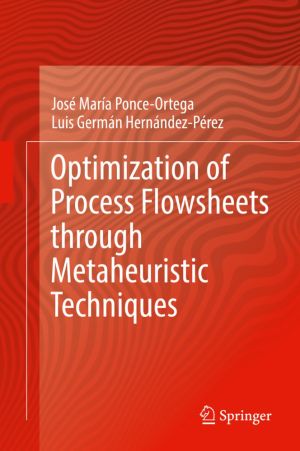
This book presents a general multi-objective optimization framework for optimizing chemical processes by implementing a link between process simulators and metaheuristic techniques. The proposed approach is general and shows how to implement links between different process simulators such as Aspen Plus, HYSIS, Super Pro Designer linked to a variety...
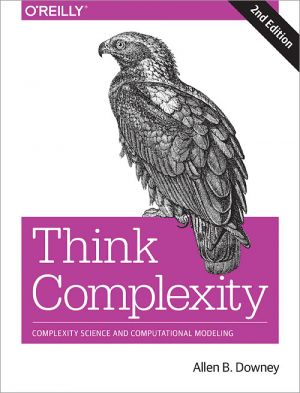
Complexity science uses computation to explore the physical and social sciences. In Think Complexity, you'll use graphs, cellular automata, and agent-based models to study topics in physics, biology, and economics.
Whether you're an intermediate-level Python programmer or a student of computational modeling, you'll delve into exam...
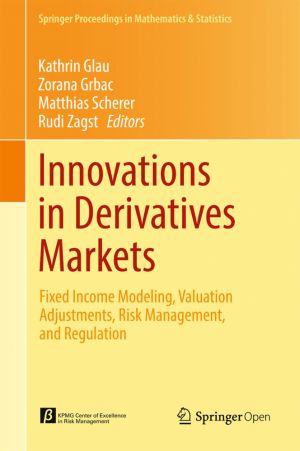
This book presents 20 peer-reviewed chapters on current aspects of derivatives markets and derivative pricing. The contributions, written by leading researchers in the field as well as experienced authors from the financial industry, present the state of the art in:
- Modeling counterparty credit risk: credit valuation adjustment, debit valuation a...
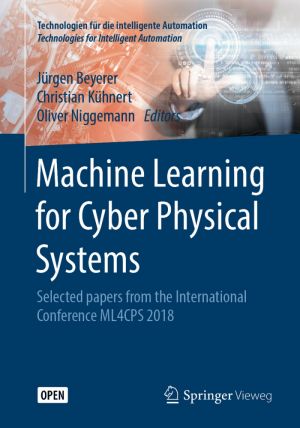
This book proceedings presents new approaches to Machine Learning for Cyber Physical Systems, experiences and visions. It contains some selected papers from the international Conference ML4CPS - Machine Learning for Cyber Physical Systems, which was held in Karlsruhe, October 23-24, 2018. Cyber Physical Systems are characterized by their ability to...
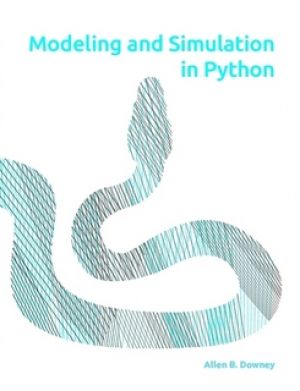
Modeling and Simulation in Python is an introduction to physical modeling using a computational approach. It is organized in three parts:
- The first part presents discrete models, including a bikeshare system and world population growth.
- The second part introduces first-order systems, including models of infectious disease, thermal systems, an...
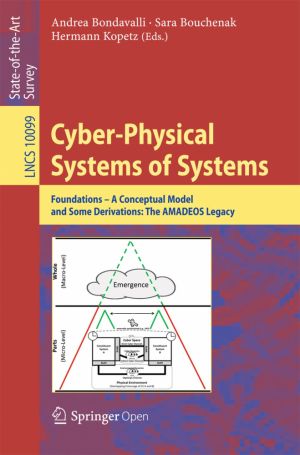
Technical Systems-of-Systems (SoS) – in the form of networked, independent constituent computing systems temporarily collaborating to achieve a well-defined objective – form the backbone of most of today's infrastructure. The energy grid, most transportation systems, the global banking industry, the water-supply system, the military equipm...

